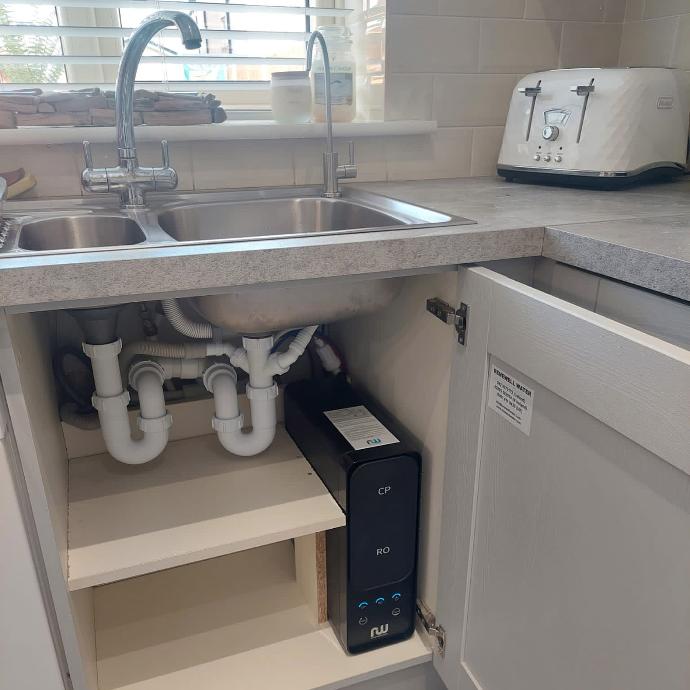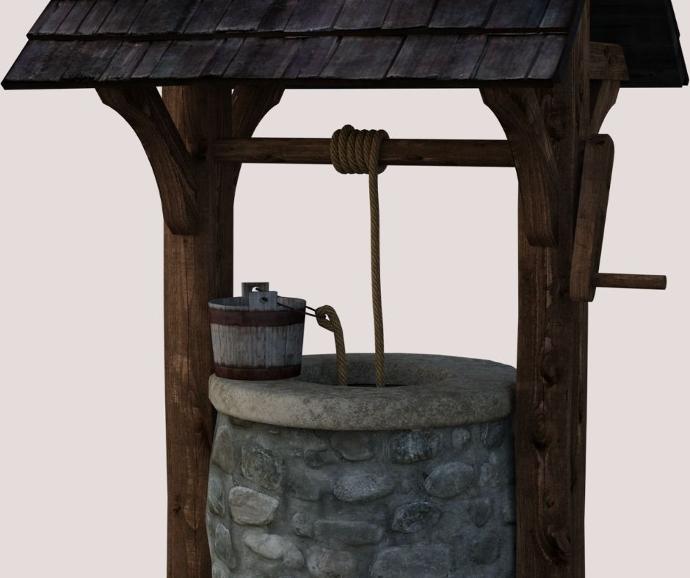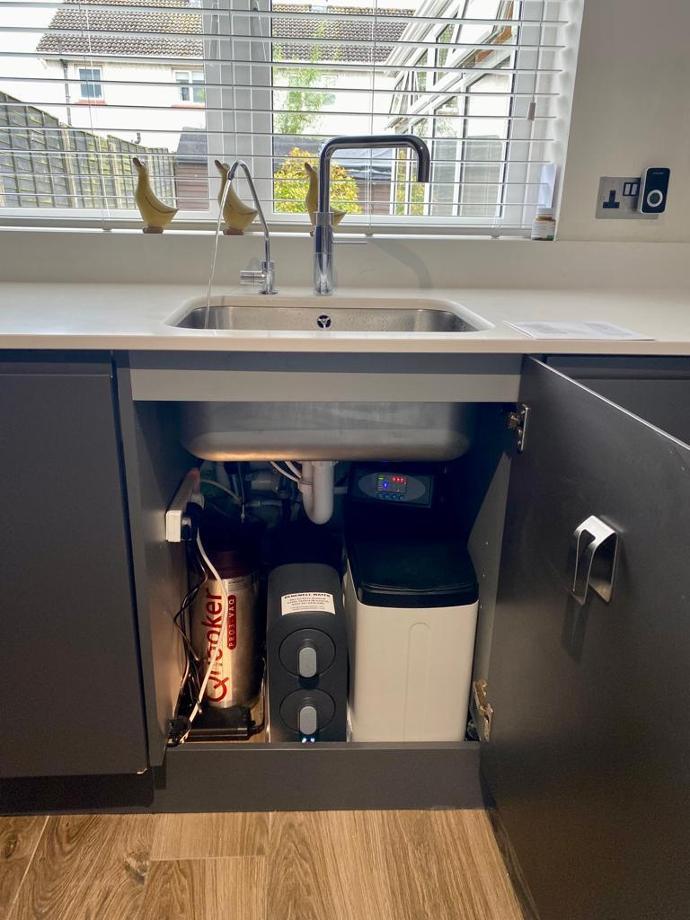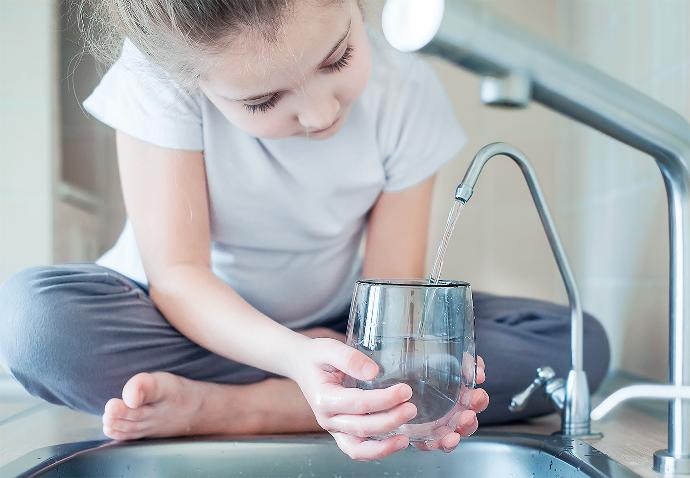A Section Subtitle
Ultrafiltration membrane technology is the latest and greatest in water purification for removing bacteria and viruses. It purifies and disinfects water to produce great-tasting water that is safe to use and drink. Ultrafiltration removes over 99.9% of bacteria, viruses, and giardia & cryptosporidium.

Some do, but not all water filters. Here are the best bacteria water filters that remove bacteria and viruses and why they’re worth buying!
That would you see in the event that you were to see through a clear glass filled with water from your faucet? Likely nothing but a clear liquid hopefully; or possibly it’s white due to a few air bubbles. This water might look pretty clean and ready to drink. However, in case your water isn’t adequately filtered or purified, even the clearest of water may contain bacteria or other contaminants that are invisible to the naked eye
Bacteria and viruses are microorganisms that can cause health problems and disease. Unfortunately, bacteria and viruses can end up in the water you use or drink and this poses significant health risks. Viruses and bacteria in water are more common in well water than they are in water coming from a municipal source. However, even though municipal water providers may disinfect water, there could be bacteria and viruses lurking in the pipes or storage tanks. Needless to say, it’s important to ensure you have adequate filtration to protect your household from viruses and bacteria in water and unfortunately not all filters will do the job.
Bacteria in water
In light of everything happening within the world at the moment, rest guaranteed that COVID-19 does NOT spread through water. Other viruses can be spread in the water though.
Microorganisms that may be found in water include:
Bacteria – Coliforms, E. coli, Shigella, Vibrio, Salmonella, Legionella, Enterococci
Enteroviruses – polioviruses, echoviruses, coxsackieviruses
Viruses – Norwalk virus, Rotaviruses
Protozoans / Parasites – Entamoeba, Giardia, and Cryptosporidium
Giardia and Cryptosporidium are the most common cause of waterborne illnesses due to its resistance to disinfection.
Even if you have a “strong stomach” or healthy immune system, it’s not enough to protect you from the dangers that bacteria in the water may cause you. Unfiltered water can be very harmful to those on medication, pregnant moms, the elderly, and children. Their immune systems in particular are not solid enough to battle these dangerous microorganisms.

Is there bacteria in well water?
The only way to know for sure is to have the water tested for microorganisms. There is no requirement to have private wells, springs, or other sources tested for bacteria – it is up to the individual owner. You can read more about well water testing here.
At minimum, you should test for total coliform bacteria. Total coliform bacteria do not usually show up a few feet into the soil. If they show up in a water test, it suggests a surface contamination has gotten into the water and that disease-causing microorganisms may be present. Disinfection kills coliform bacteria and most disease-causing microorganisms.
In addition to bacteria, well water is susceptible to other issues. It’s strongly recommended to have adequate water filtration for any water your drink or use from a well, spring, or other source. Just because water may test “safe,” it doesn’t mean the water has always been or will continue to be safe.
Types of water filters for bacteria and viruses
The two most common types of water filters are:
Whole house water filters. This water filter is installed into your main water line so that all the water that enters your house has been filtered
Under sink water filters. An under sink water filter filters the water that comes out of that specific tap. This type of filter may also be called a point of use water filter.
Both these style of water filtration systems can potentially remove bacteria and viruses from water, however it depends on what filter cartridge or filtration technology is present in the system. Not all filtration systems are created equal, nor do all filters remove bacteria and viruses.
Water filters for bacteria and viruses
Ultrafiltration removes bacteria and viruses. Ultrafiltration membrane technology is the latest and greatest in water purification for removing bacteria and viruses. It purifies and disinfects water to produce great-tasting water that is safe to use and drink. Ultrafiltration removes over 99.9% of bacteria, viruses, and giardia & cryptosporidium. It’s innovative technology lets you flush (clean) the membrane whenever it gets full of contaminants.
Absolute charged nanofiber filters remove bacteria and viruses. The “charged” high zeta potential attracts ultrafine contaminants like pathogenic bacteria and cysts; the small micron / submicron rating (0.2) means it removes all contaminants that small and larger. Pathogenic removal rate is more than 99.99% of viruses and bacteria, and more than 99.95% of cysts.
Ultraviolet (UV) or ozone purification kills bacteria, but it doesn’t remove bacteria from the water. That means that bacterial remnants are still present in your water. Plus, it requires a lot of electricity.


Reverse osmosis can remove bacteria, but it’s imperfect. Reverse osmosis systems are very, very rarely “certified” to remove bacteria. Check the manufacturer has the documentation to back up the RO system is in fact certified to remove bacteria. As a process reverse osmosis does remove bacteria since it can’t pass through the reverse osmosis membrane due to size. However, membranes can have defects which allow the bacteria to pass through. Sometimes bacteria will even move around the o-ring seals in reverse osmosis systems. There’s also the possibility that bacteria can move up the pure water stream and attach to the RO membrane. So reverse osmosis systems can remove bacteria, but systems are rarely certified to actually do so.
What Water Filter Removes Viruses?